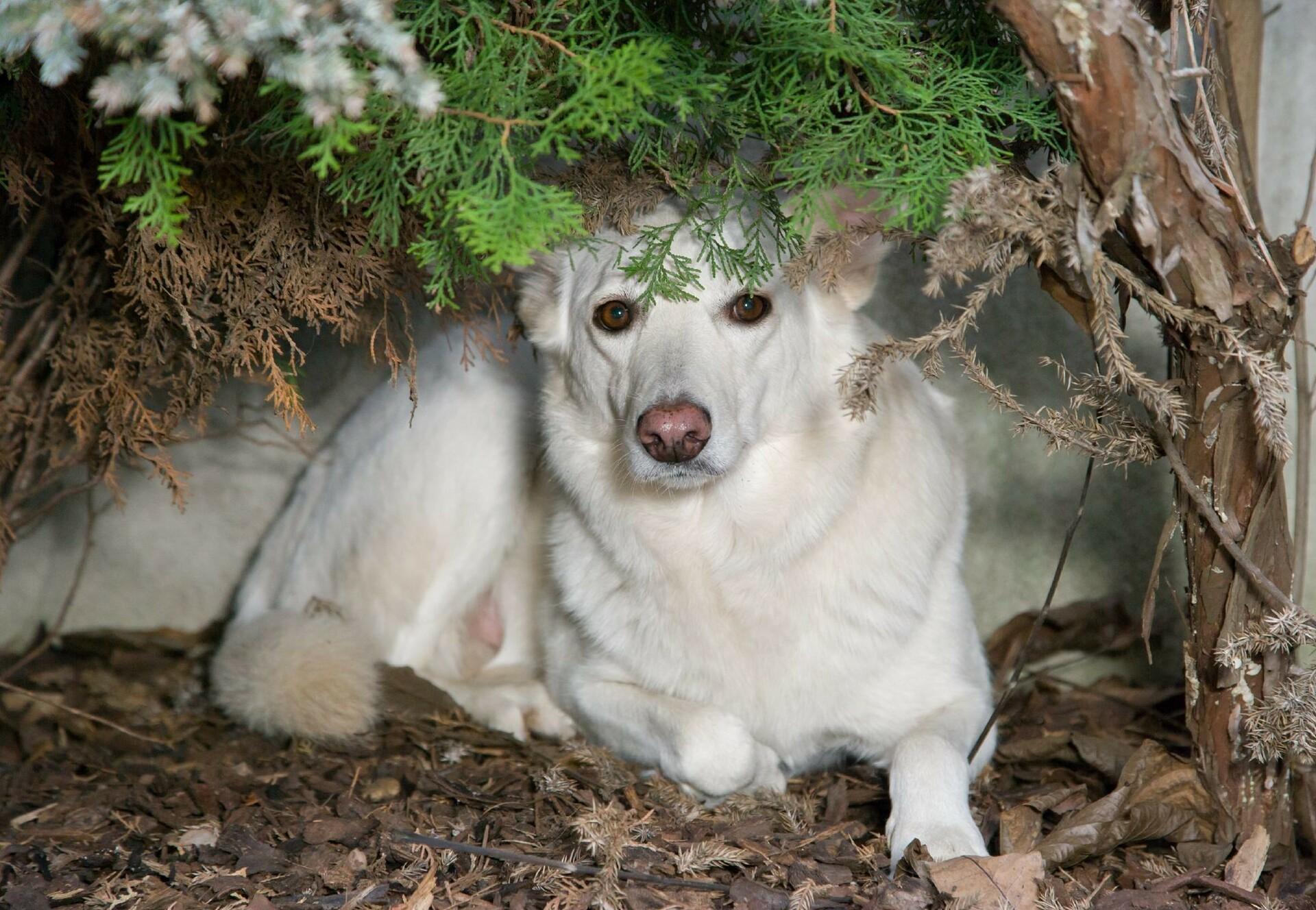
What to do, if you recognise abuse of animals?
FOUR PAWS gives answers
When people witness cruelty to animals, they are sometimes reluctant or afraid to confront the abuser on the spot. In some situations, it may be wise to step back and inform the authorities rather than directly tackle the issue yourself.
The following Q&As will guide you through reporting animal cruelty, giving you a clear picture of what cruelty to animals is and what options you have if you witness it.
What is cruelty to animals?
Cruelty to animals is commonly described as any action that causes unnecessary and unreasonable harm to an animal or puts the animal in imminent danger of death.
It includes:
- Intentional acts of violence against an animal, such as kicking, beating or torturing
- Any psychological violence, causing fear or distress
- Any neglect of the basic needs of the animal: Lack of food and water, inadequate shelter, lack of veterinary care, no freedom to socialise or live out species-appropriate behaviour
It includes:
- Intentional acts of violence against an animal, such as kicking, beating or torturing
- Any psychological violence, causing fear or distress
- Any neglect of the basic needs of the animal: Lack of food and water, inadequate shelter, lack of veterinary care, no freedom to socialise or live out species-appropriate behaviour
What are the signs of cruelty to animals?
Signs of cruelty can be physical, psychological and/or environmental.
For more information, see “How to identify cruelty to animals”
For more information, see “How to identify cruelty to animals”
To whom should I report it?
Where and how you report your suspicions of cruelty will vary from country to country. You can generally inform the police or ask them whom you should speak to. The official veterinary office (local authority veterinarians), local authority/municipality and animal welfare organisations such as the RSPCA in the UK are also an option.
What information do I need to gather?
Document everything! If possible, this should include:
- Date and time (when it happened)
- Place (where it happened)
- Type of offence (e.g. neglect, violent attack, pet in an overheated car)
- Number of abusers (in the case of a violent attack)
- Description of abuser (e.g. man/woman, child/adult, clothes, striking features)
- Species of the affected animal
- Number of affected animals
- Other witness contact detail
If you can, take photos or videos – but never put yourself in danger!
- Date and time (when it happened)
- Place (where it happened)
- Type of offence (e.g. neglect, violent attack, pet in an overheated car)
- Number of abusers (in the case of a violent attack)
- Description of abuser (e.g. man/woman, child/adult, clothes, striking features)
- Species of the affected animal
- Number of affected animals
- Other witness contact detail
If you can, take photos or videos – but never put yourself in danger!
Can I report suspected animal cruelty without proof?
Even if you can’t prove that abuse has taken place, you should report it so that it can be investigated. Be as detailed as possible.
What should I do if I see cruelty to animals on the Internet?
First of all, save the evidence. Take screenshots and save the website address. In addition, collect all the information you can about the account. This includes:
- Profile information
- Date of the post
- Any text and comments relating to the abusive material
Then report any violations to the relevant authorities and offer them all the evidence you have collected. They can advise you on what steps should be taken next.
- Profile information
- Date of the post
- Any text and comments relating to the abusive material
Then report any violations to the relevant authorities and offer them all the evidence you have collected. They can advise you on what steps should be taken next.
